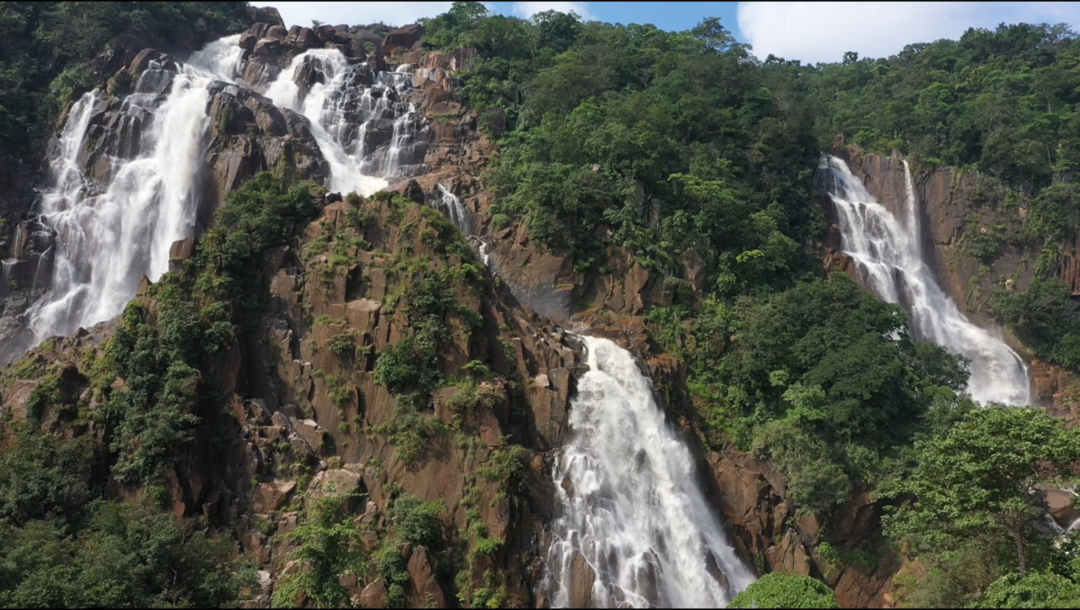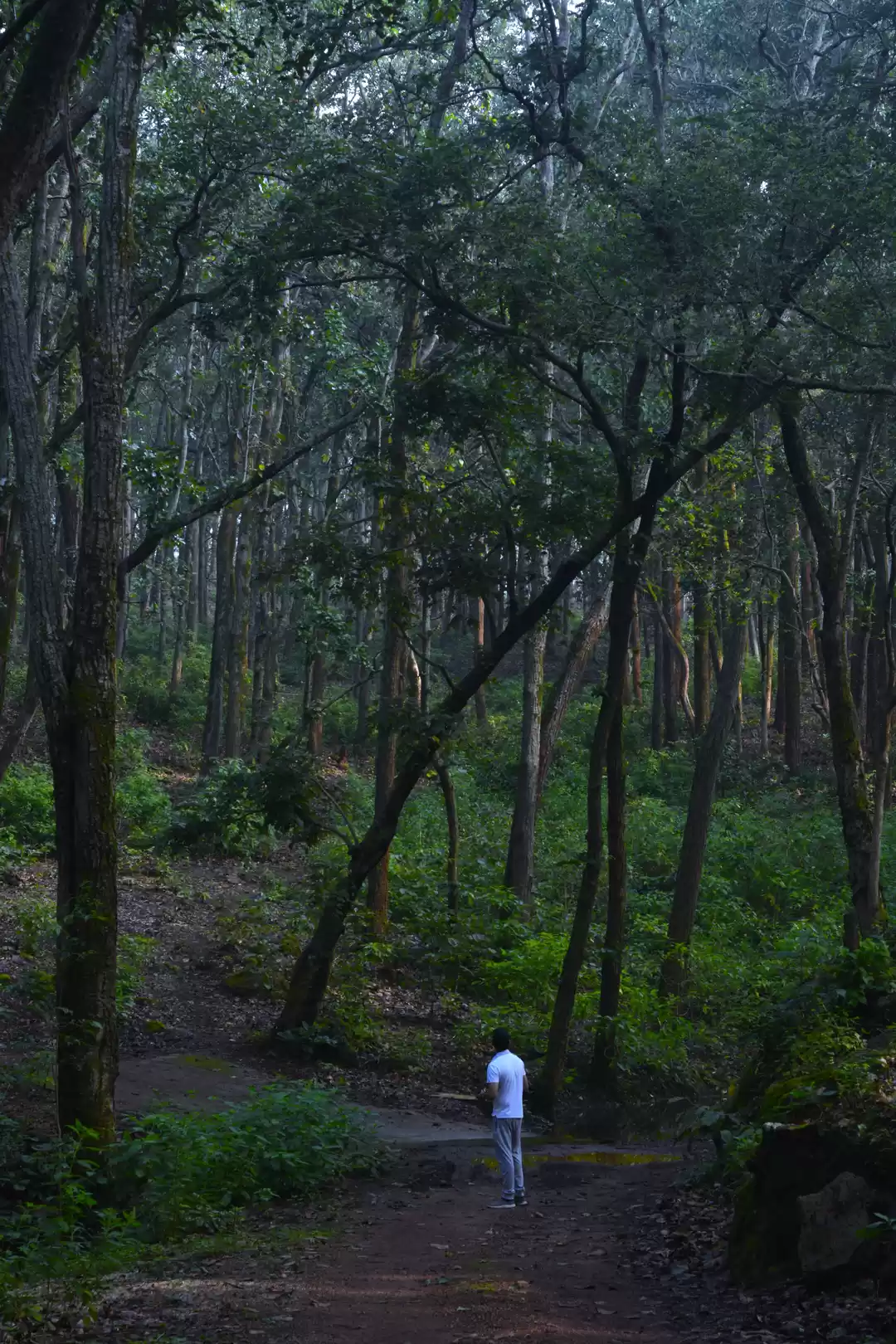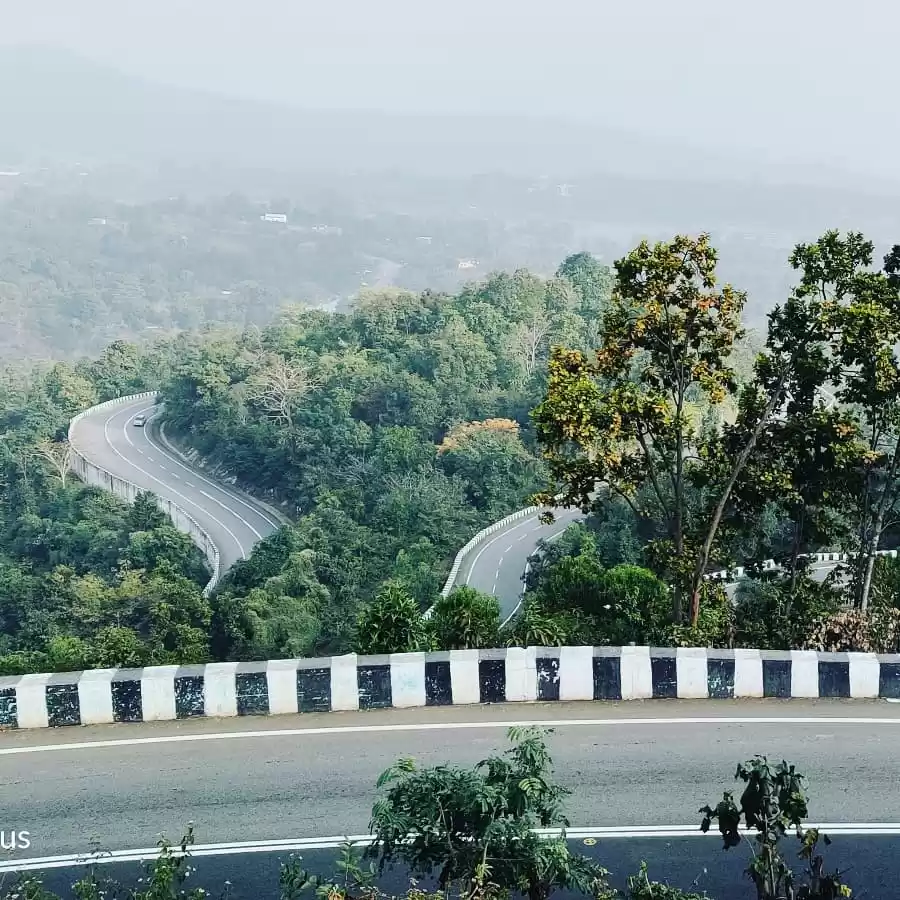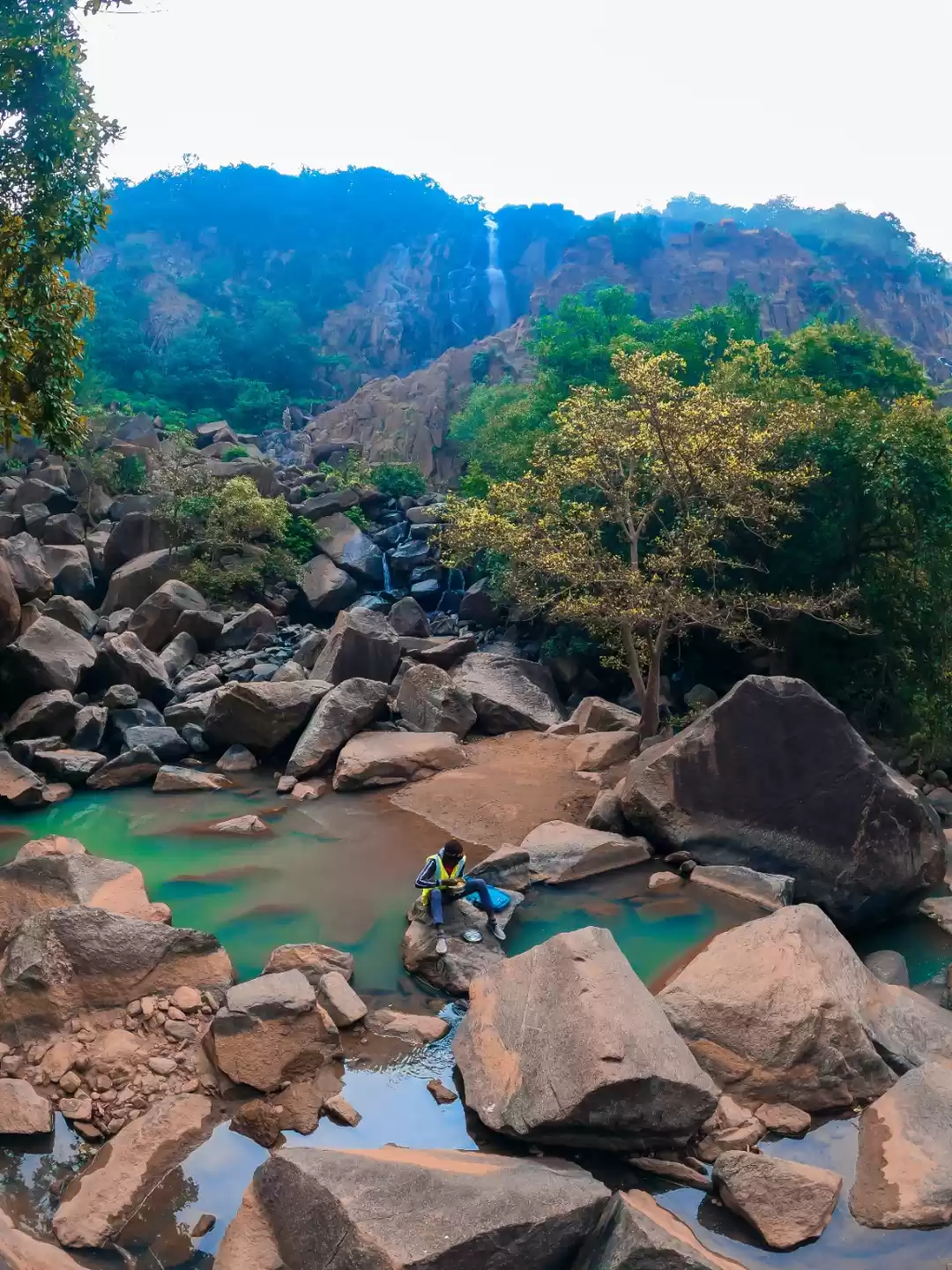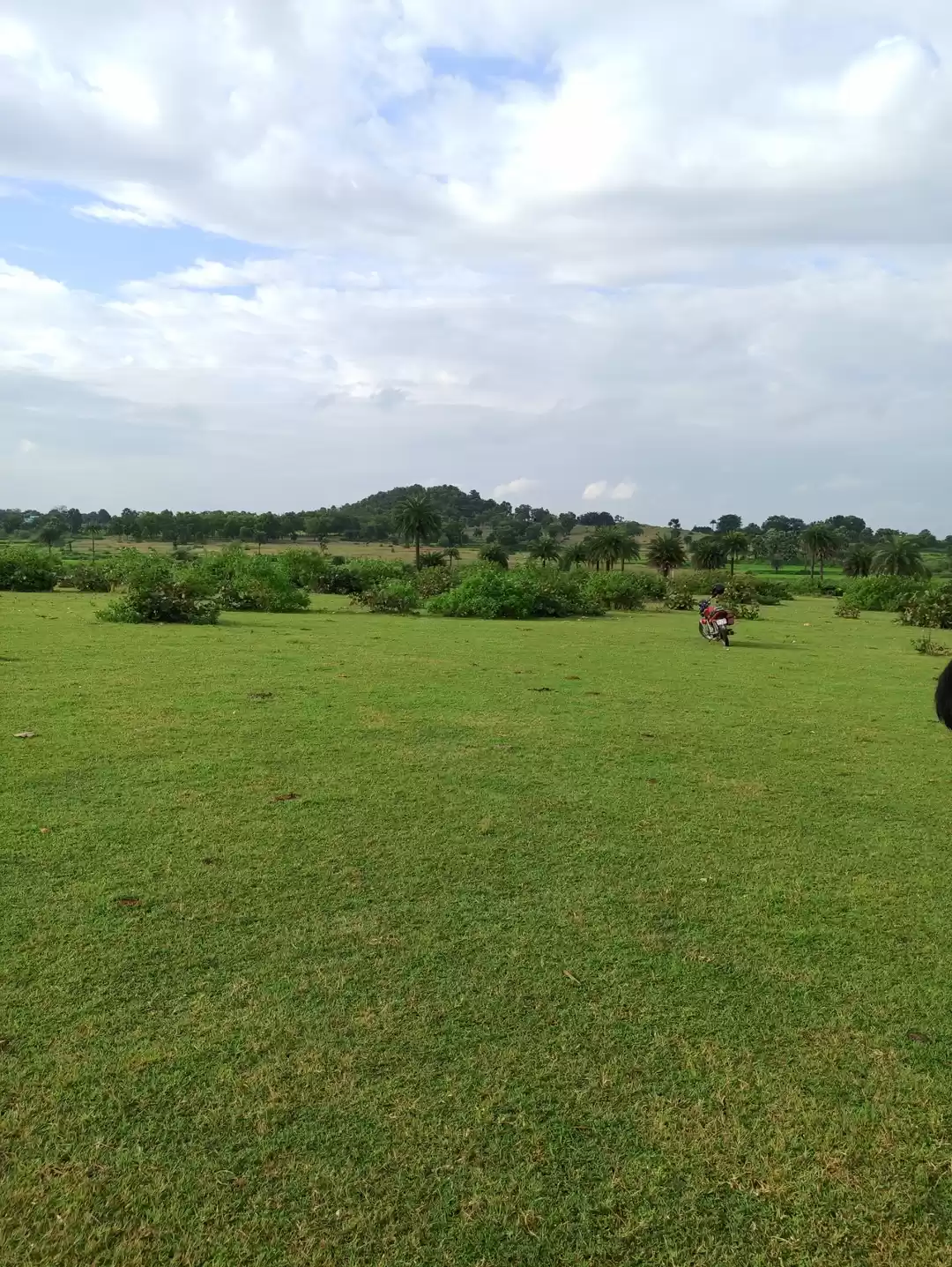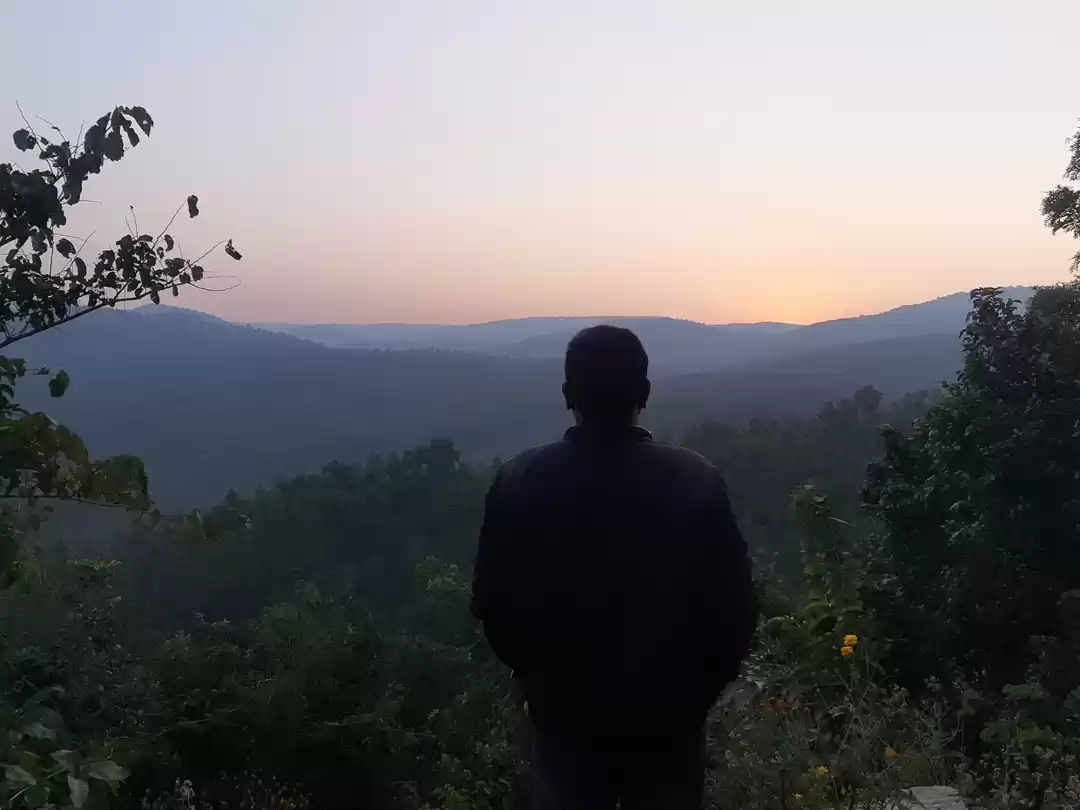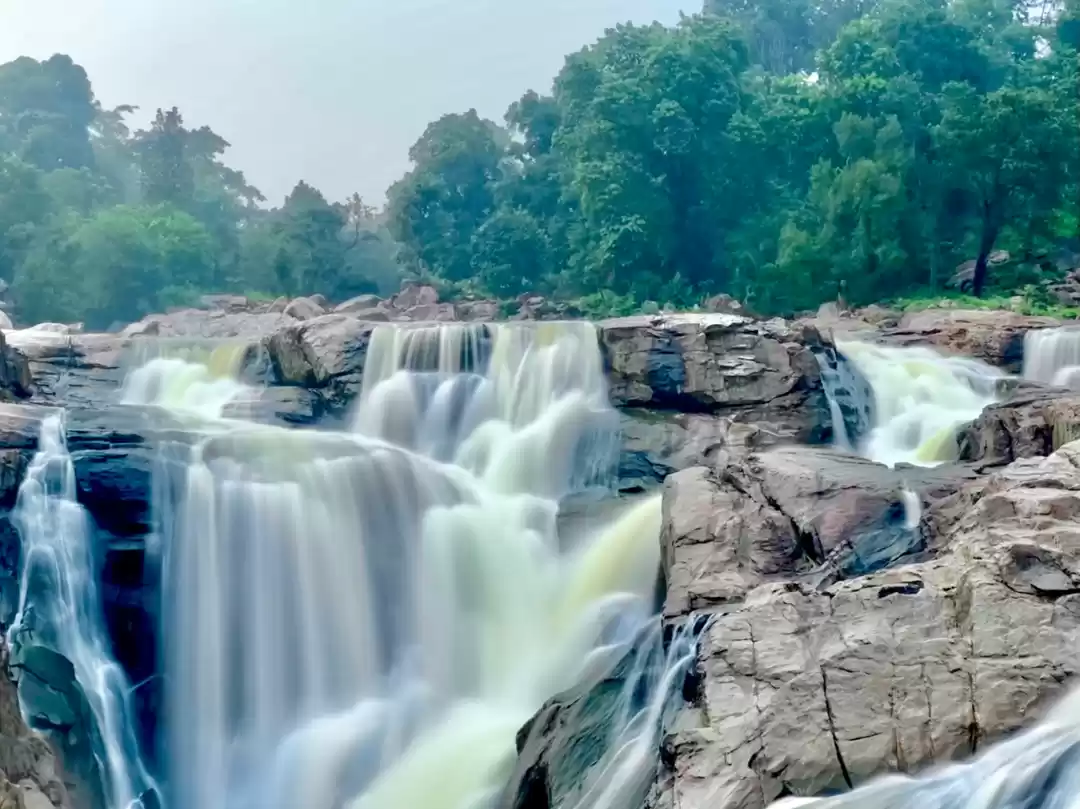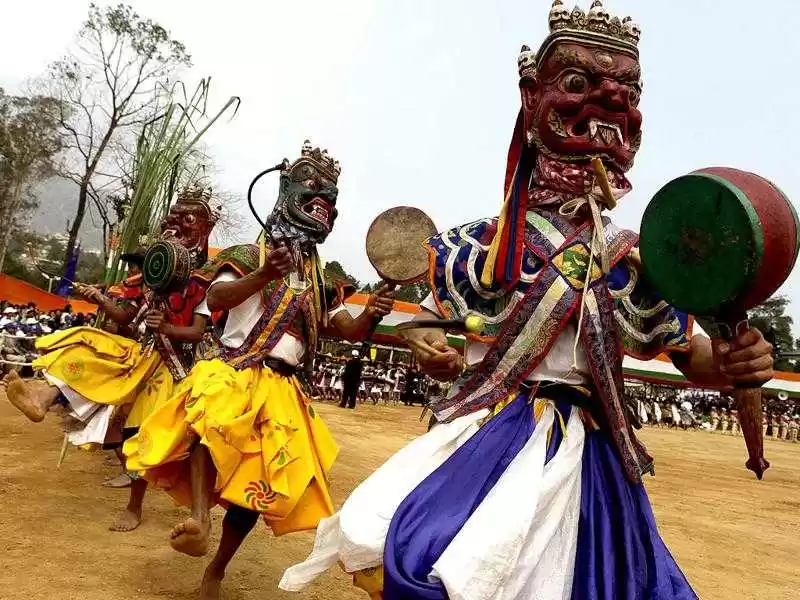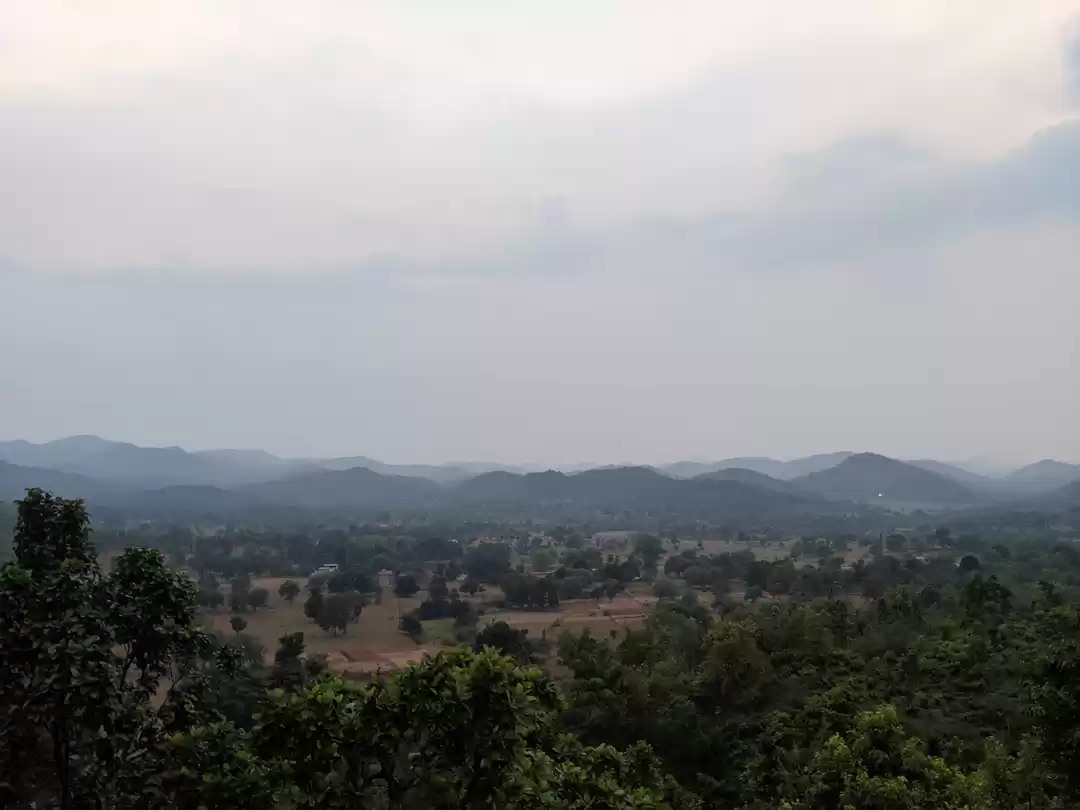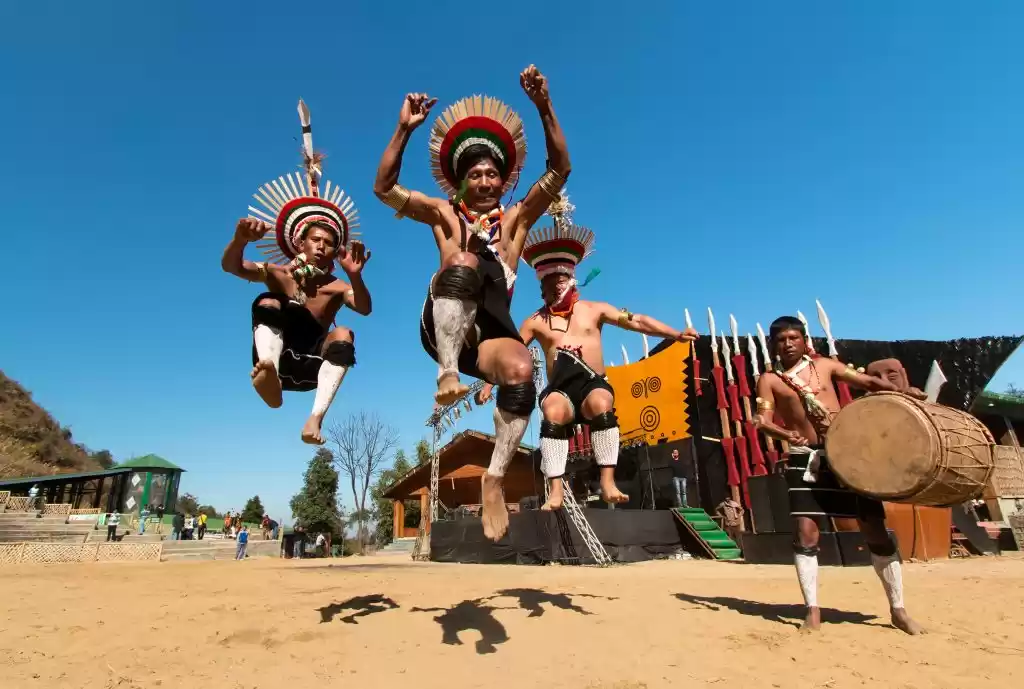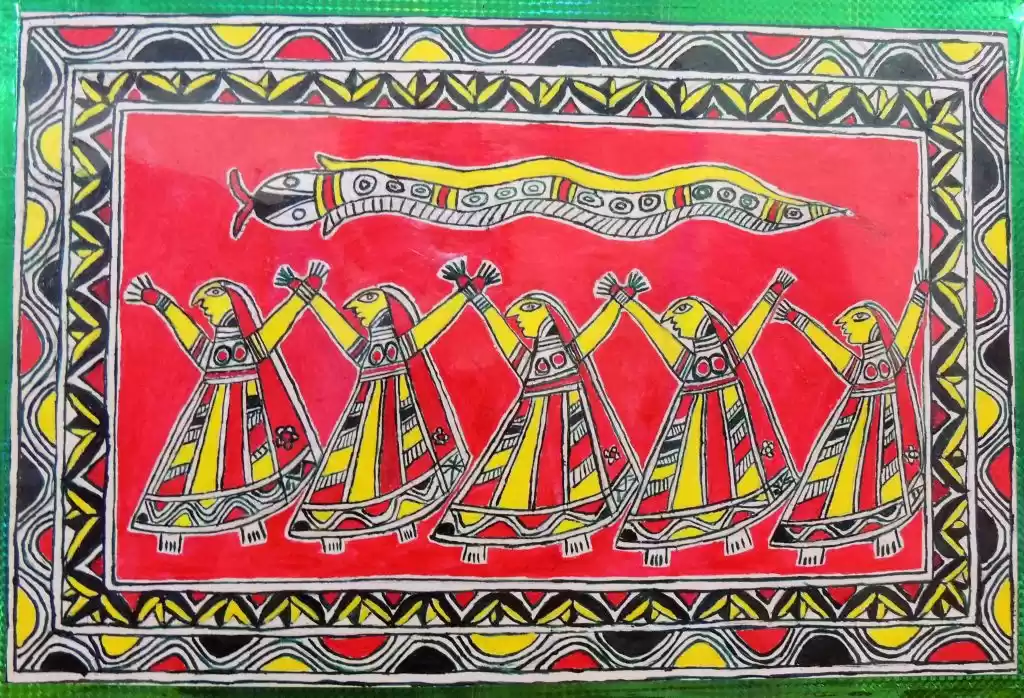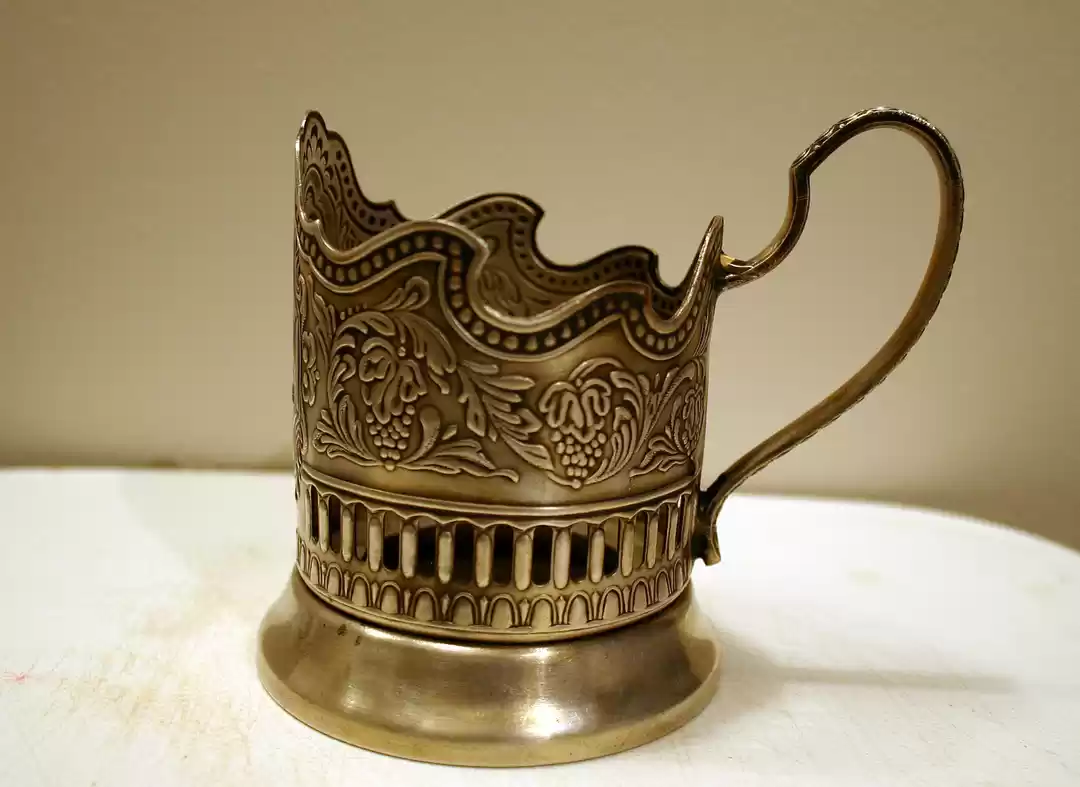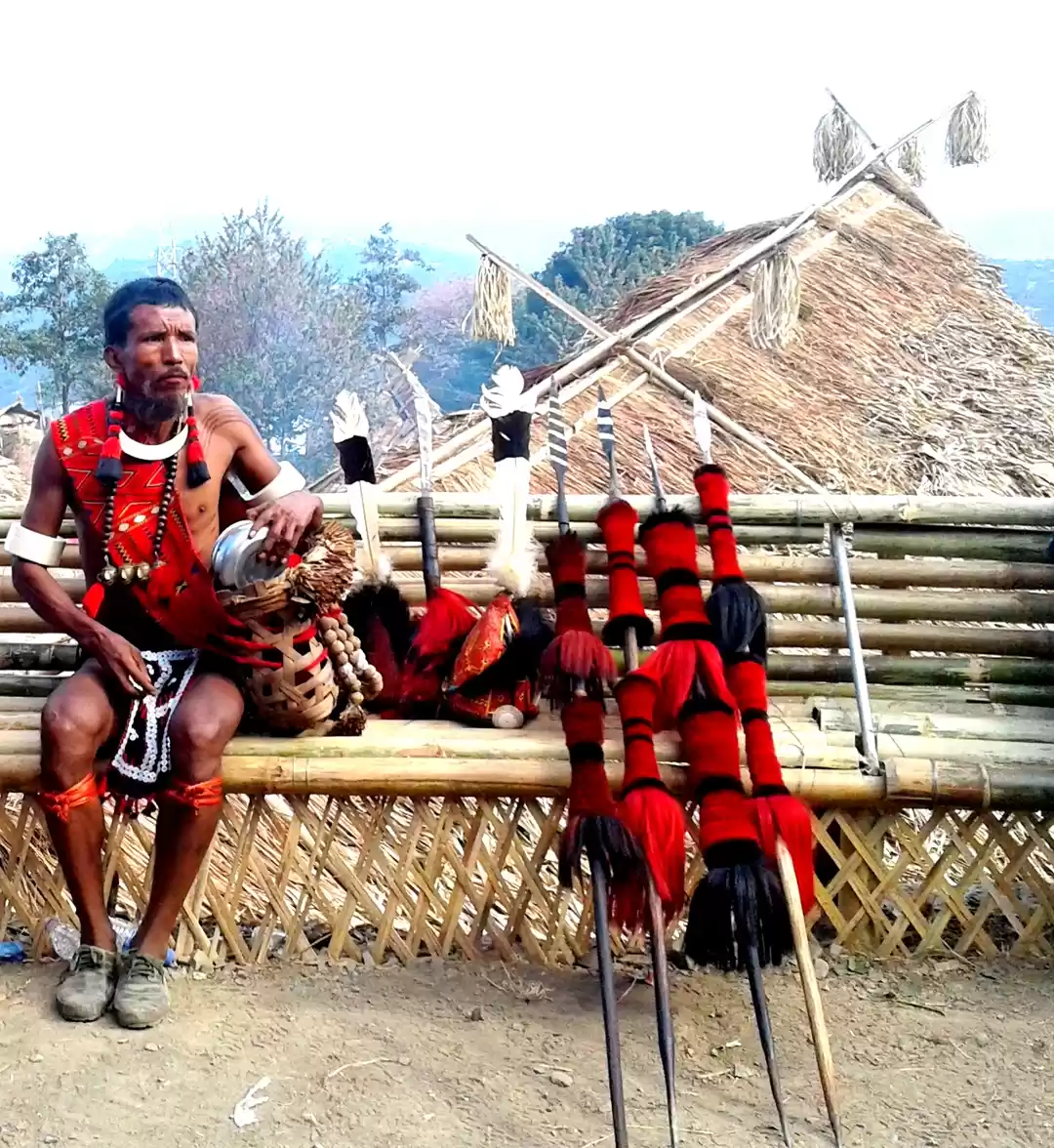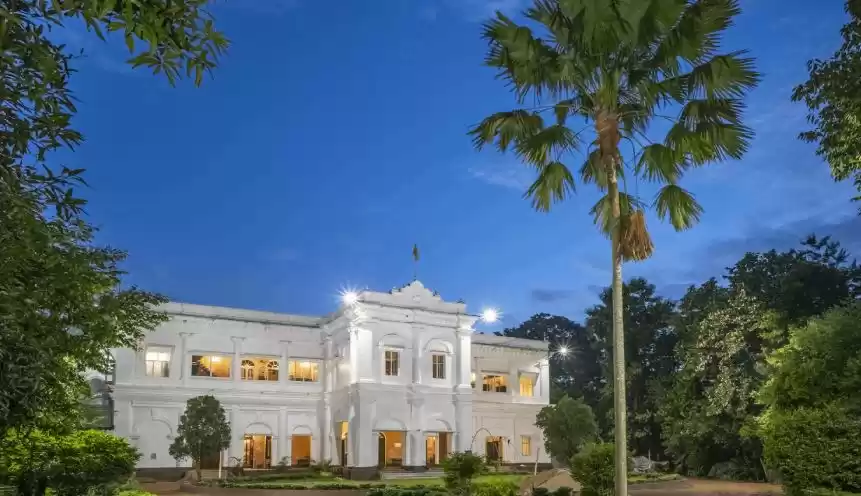With 29 per cent of the population belonging to one of 30 tribal communities in Jharkhand, the charm of one of India’s youngest states lies in its strong tribal identity. Travellers immerse themselves completely in the age-old rituals, traditional music, local cuisine, and oral literature when they get here. Some major tribes in Jharkhand, namely the Santhals, Oraons, Mundas, and Hons, are distinct in their lifestyles, festivals, and occupation, and are a treat for the culturally inclined to experience.
They like to display creativity in their ornamentation, art work (bamboo and wood work), and community dance forms including the Chhou dance that’s typically performed by the Saraikela and Charinda communities. This photograph was taken in Ranchi as the dancers prepared for the festivities to begin.
Start your exploration of the culturally-rich state with the Hotwar State Museum in the capital city Ranchi that gives an insight into the lifestyles of the tribes and explore the collection of paintings, carvings, and bow and jewelry in its 10 sections. In the art village of Amadubi, 65 kilometres from Jamshedpur, Pyatkar paintings, cultural dance performances, and local dishes give you a taste of rural Jharkhand.
In the Isko Village in Hazaribagh district, cave paintings were discovered that date back to the stone ages—a must-visit for history and archaeology buffs. You can also attend Baba Baidyanath Mahotsav hosted in Deoghar brings Sufi , Bhojpuri, and classical singers to the state.



